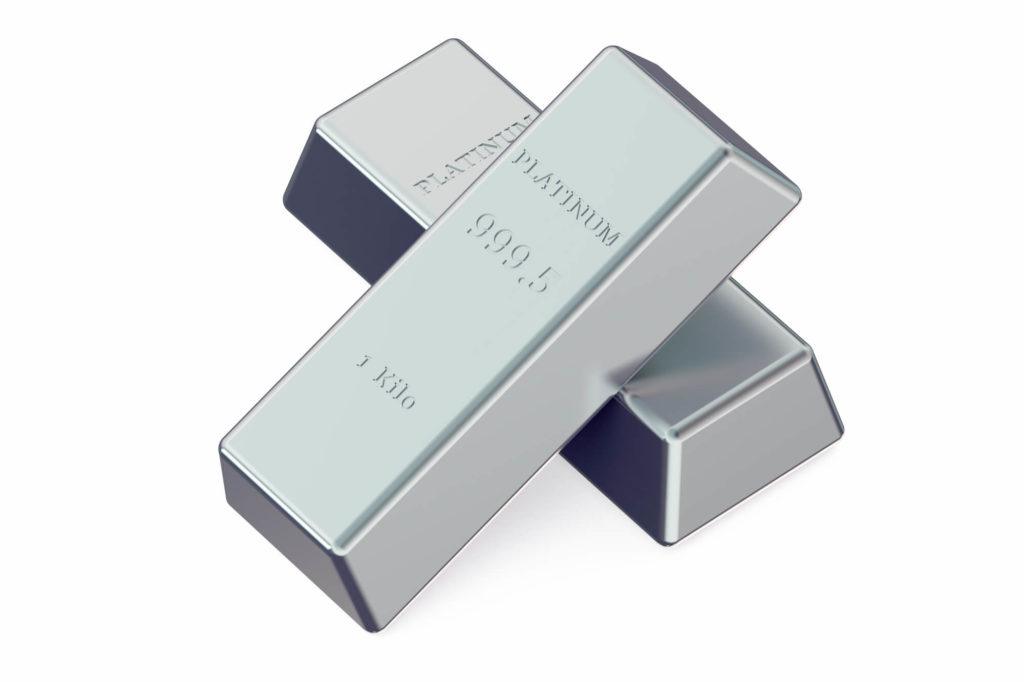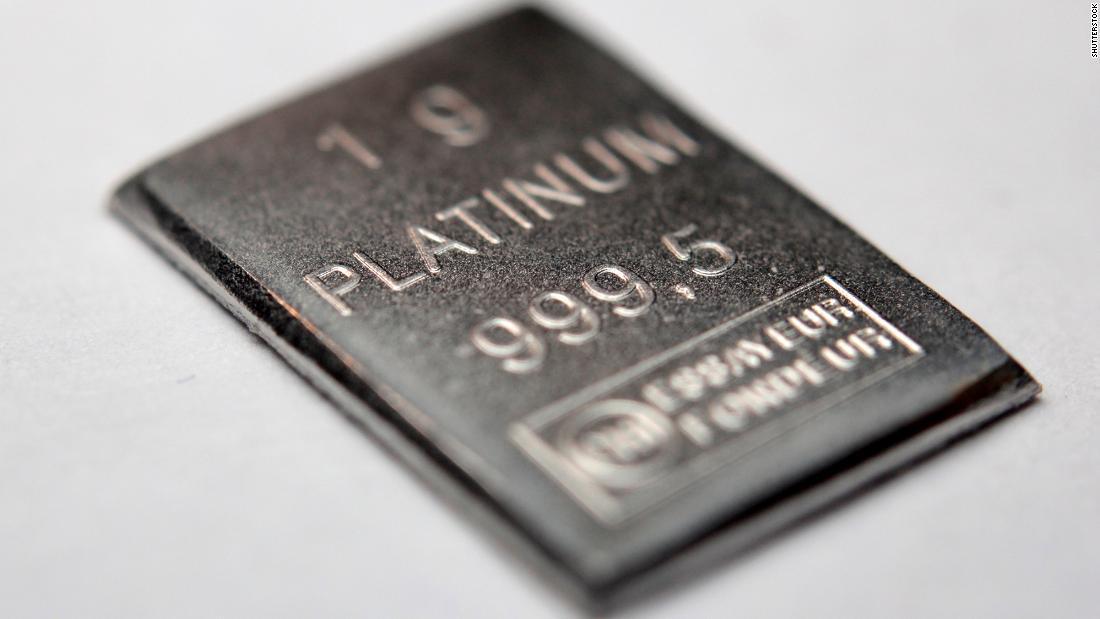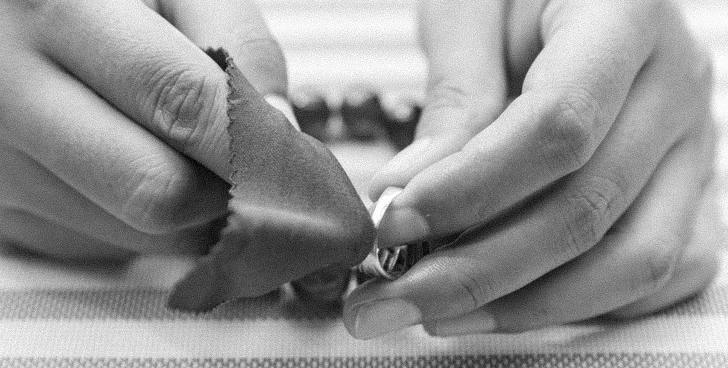
Discovering Platinum: How it's Made
Our journey to discover platinum is proving to be really interesting! If you missed the first two episodes, you can catch up on the history of platinum and some curiosities about it here and here . Today, however, we will tackle platinum from the inside and discover how this precious and special metal is made!
Discovering Platinum: How It's Made
His name says it all
The name ''platinum'' comes from the Spanish ''platina'', meaning ''little silver'', because this precious metal was often confused with the better known (and less valuable!) silver. Its chemical symbol is Pt and its atomic number is 78. It is included among the transition elements and is the most important in the group of platinum elements, which includes elements used in alloys since the time of ancient Greece!
Where is it located?
The world's largest producers of platinum are South Africa, Russia, Canada, Zimbabwe and the United States, despite its history placing it in Latin America.
Chemical and physical characteristics
White-gray in color, platinum is malleable, ductile, and resistant to corrosion. It is found both in its native state and within some nickel and copper ores.
It is used in jewelry, but also in the production of laboratory equipment, electrical contacts, electrodes for spark plugs, thermoresistances and thermocouples for measuring temperature. It is also used in dentistry, in anti-pollution devices for cars and in catalysts for the chemical industry. And, let's not forget, it is a fundamental material for the so-called "pace-makers".

Gold or platinum?
Its alchemical symbol is obtained by combining the symbols of gold and silver.
Its alloy, which establishes the value of "preciousness" and purity, is 950%. Gold, on average, is 750%. Its specific weight also wins over gold: 1 cubic centimeter of platinum weighs about 21 grams, while the same amount of gold weighs 17 grams. In short: platinum is decidedly precious compared to its much more well-known colleague.
Gold and silver?
Platinum does not oxidize when exposed to air (which its similar silver does!), but it can be corroded by cyanides, halogens, sulfur, and caustic alkalis. It dissolves only in a mixture of hydrochloric and nitric acid, called “aqua regia”
In nature, platinum is a mixture of five stable isotopes and one radioactive one, 190Pt, whose half-life is about 650 million years. It is one of the isotopes still present in the Earth's crust for centuries and centuries!
Discovering Platinum: How It's Made
In short: platinum, rare and little known, is actually a metal that is definitely worth rediscovering, precious and of inestimable value, always too underestimated in history and in jewelry. But I am sure that, with the help of the experts of the Ferro family, we will soon see a lot of platinum circulating on the streets of our country! But that's another chapter...
In the meantime, come and visit us at Ferro Gioielli, in via Matteotti 41 in Este. Discover the online shop www.ferrogioielli.com and contact us for a personalized consultation! Book your consultation with our experts by writing to info@ferrogioielli.com or by contacting us by phone at +39 0429 2822 and +39 331 1402059 .

